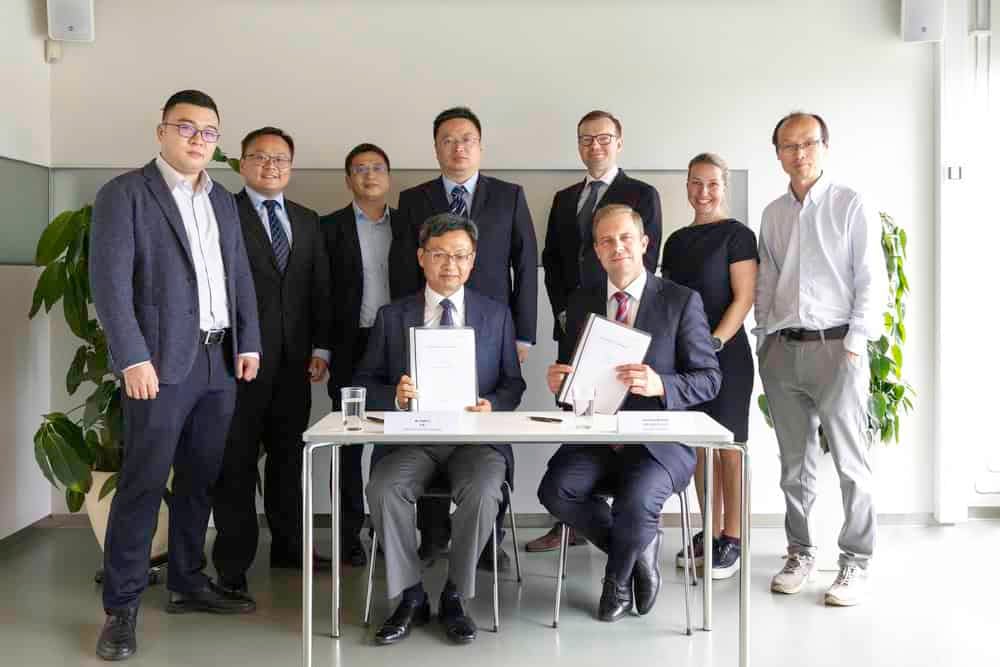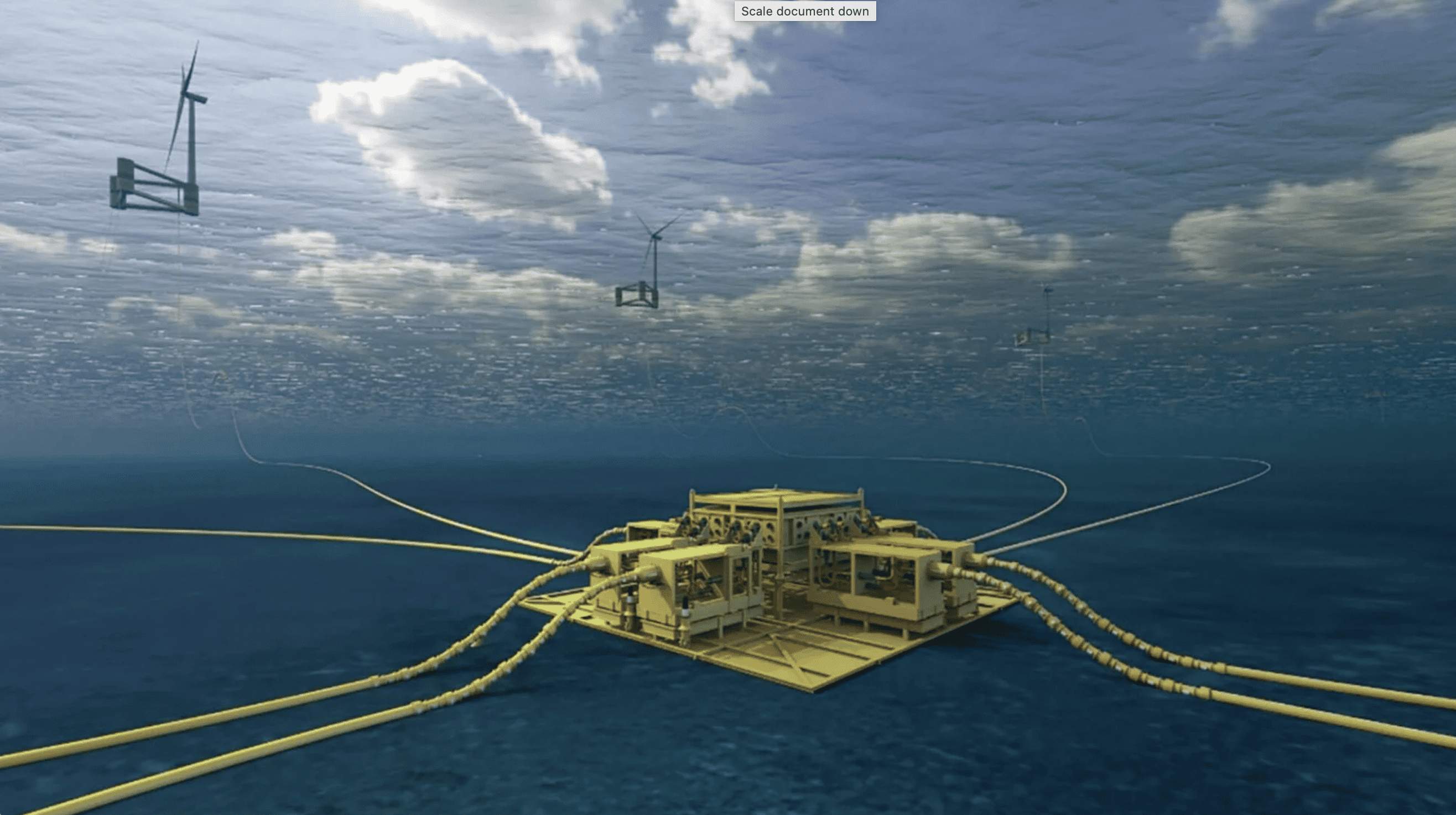
The Department of Mechanical and Industrial Engineering at the Norwegian University of Science and Technology (NTNU) is participating in a research project that recently received support through the high-hanging EU funding European Innovation Council Pathfinder funding program (EIC Pathfinder).
The project aims to develop a technology to reduce friction and energy consumption in moving machinery by making use of phenomenon that is currently limited to the lab, but in the long run can have great significance for the world’s energy consumption, writes the NTNU in a press release.
Professor Astrid de Wijn leads one of the work packages in the European collaboration project, and has associate professor Bjørn Haugen from the same department on the team. The research project led by Trinity College Dublin has been awarded approx. 3.9 million Euros in support, of which approximately 695,000 Euros go to the NTNU part of the project.
Will reduce friction and energy consumption
The researchers from NTNU have every reason to be proud. It is not easy to get funding through the Pathfinder scheme. Funding is only given to radically innovative research that can contribute to technological breakthroughs. In this allocation round, only 56 of 868 applications were awarded grants.
The reason this project was funded is the hope that the research can help reduce friction in moving machinery. Unwanted friction leads to both energy loss and wear. Estimates show that as much as 25 percent of the world’s energy consumption is a direct consequence of friction. For example, it is estimated that 2 billion tons of CO2 are emitted annually from the global car fleet as a result of friction. If some of this friction can be reduced, it can contribute to solving the climate crisis.
Making use of a phenomenon called “superlubricity”.
To understand what “superlubricity” is, it is necessary to understand what friction is: Friction is a force that acts between two surfaces and prevents them from moving freely in relation to each other. When the surfaces of two objects touch each other and you try to displace the surfaces, friction happens because forces emerge between the atoms in the two objects. It is these forces that lead to friction.
Low friction
Superlubricity is very simply put extremely low friction due to the fact that the two sliding surfaces have different structures that are not compatible with each other. If one succeeds in exploiting this “mismatch”, one can make one surface move along another surface almost completely without friction. An important prerequisite is that the surfaces are completely flat and even.
The concept has been demonstrated on a micro scale in laboratory experiments, but if it is to benefit society and industry, it must work outside the lab. This is what Professor de Wijn and her European research colleagues want to achieve.
Real world challenges
“If superlubricity is to survive in the real world, we must find robust solutions, which means that the principle works even when we cannot control the environment like we can in the lab. In the lab we can keep the surfaces completely flat and even, but this is difficult in reality. Surfaces around us may seem completely flat, but if we study them at the micro level, they will have irregularities that will create friction,” the professor explains.
The research project will start this year and end in 2026.
“There is a long way to go before this can become a reality, but the possibility must be explored. The potential is simply too great for us to ignore. That is why the funding for this research project is so important,” says Professor Astrid de Wijn.
Also interesting: Measuring greenhouse gas emissions remains a Dutch specialty
Selected for you!
Innovation Origins is the European platform for innovation news. In addition to the many reports from our own editors in 15 European countries, we select the most important press releases from reliable sources. This way you can stay up to date on what is happening in the world of innovation. Are you or do you know an organization that should not be missing from our list of selected sources? Then report to our editorial team.




